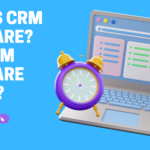-
Table of Contents
What Are the Steps in a Sales Pipeline?
A well-defined sales pipeline is critical for any business that aims to turn prospects into loyal customers systematically. In a rapidly evolving marketplace, understanding the individual steps of a sales pipeline can help organizations streamline their sales processes, forecast revenue, and improve overall efficiency. This article will provide valuable insights into the stages of a sales pipeline, supported by real-world examples, case studies, and pertinent statistics to offer a comprehensive understanding.
Understanding the Sales Pipeline
The sales pipeline is essentially a visual representation of the journey that potential customers take from initial awareness to final purchase. By breaking down the process into discrete stages, sales teams can better target their efforts, optimize their strategies, and measure performance accurately. A robust pipeline not only improves Revenue Operations but also strengthens customer relationships.
Key Stages of a Sales Pipeline
While the exact stages can vary depending on the industry and individual company strategies, most sales pipelines include several common steps. Here are the key stages:
- Lead Generation: This is the first contact point where potential customers are identified. Methods here include digital marketing campaigns, social media outreach, search engine marketing, trade shows, and referrals. Many companies use marketing automation tools to help capture a steady stream of leads. For instance, HubSpot reported that businesses that automate lead management see a 10% or greater increase in revenue in 6-9 months.
- Lead Qualification: Not every lead will be a fit, so it’s essential to qualify them based on criteria such as budget, authority, need, and timeline (BANT). Sales teams employ various techniques, including scoring models and questionnaires, to ensure that time and resources are focused on high-potential leads.
- Initial Contact & Engagement: Once leads are qualified, the next step is to establish initial contact. This may be through personalized emails, phone calls, or even face-to-face meetings. The goal is to understand the prospect’s needs and present a preliminary solution. Companies often rely on Customer Relationship Management (CRM) systems like Salesforce to track this engagement effectively.
- Needs Assessment: This stage is about delving deeper into the prospect’s requirements. It involves in-depth conversations and possibly a formal discovery meeting to identify pain points and determine how the product or service can add value. Case studies often illustrate that businesses that invest time in a detailed needs assessment are 20% more likely to close the deal.
- Proposal & Negotiation: Once the needs are clear, the sales team crafts a proposal that outlines solutions, pricing, and other key terms. Negotiation sessions follow, where both parties work to finalize details that meet the prospect’s needs while ensuring profitability for the company. Statistics indicate that effective negotiation can improve win rates by 30%, particularly when proposals are adapted to address specific customer concerns.
- Closing: The closing stage is where the prospect makes a decision, and the sales deal is finalized. Techniques for closing include summarizing the value proposition, addressing lingering objections, and ensuring that the necessary administrative processes are in place. The closing stage is critical, as dropping the ball here can lead to lost opportunities despite a warm qualified lead.
- Post-Sale Follow-Up & Relationship Building: The sales pipeline doesn’t truly end at closing. Following up with customers to ensure satisfaction and addressing any issues is key to fostering long-term relationships. Companies that invest in post-sale engagement see increased customer lifetime value, with some studies showing a 25% repeat business rate improvement for regular follow-up programs.
Case Study: Streamlining the Pipeline Process
Consider the example of a mid-sized software company that revamped its sales pipeline strategy to address inefficiencies. Initially, the company struggled with a wide array of unqualified leads, elongating the sales cycle and reducing conversion rates. By implementing a robust lead scoring system and aligning the sales team on clear qualification criteria, they managed to reduce the average sales cycle by 25% and boost conversion rates by 15%. This case study underscores the importance of each stage in a well-structured sales pipeline.
Additional Best Practices for an Effective Sales Pipeline
Besides understanding the core steps, several best practices can further enhance pipeline efficiency:
- Consistent Monitoring: Regularly assessing and updating the pipeline to reflect changes in customer behavior and market dynamics is essential. Tools like dashboards and real-time analytics can help track performance.
- Clear Communication: Both internal communication within the sales team and communication with prospects should be clear and timely. This ensures that there are no misaligned expectations.
- Training and Development: Investing in the continuous training of sales personnel on pipeline management techniques and negotiation skills can drive better results.
- Feedback Loops: Incorporating feedback from both customers and sales team members into the pipeline process can help fine-tune each stage, resulting in a more responsive and dynamic system.
The Importance of Data and Analytics
Leveraging data analytics is indispensable in refining the sales pipeline. Metrics such as lead conversion rates, sales cycle duration, and deal size provide insights into what aspects of the pipeline are performing well and which require improvement. Advanced CRM systems offer detailed reports that allow managers to make data-driven decisions, ultimately optimizing the sales process.
Conclusion
In summary, a well-structured sales pipeline is the backbone of a successful sales strategy. By systematically following the steps of lead generation, qualification, engagement, needs assessment, proposal and negotiation, closing, and post-sale follow-up, businesses can enhance their sales efficiency and customer satisfaction. Case studies and statistics repeatedly highlight the value of optimizing these stages to reduce sales cycles and boost conversion rates.
As the landscape of sales continues to evolve, companies that regularly assess and refine their pipelines hold a












